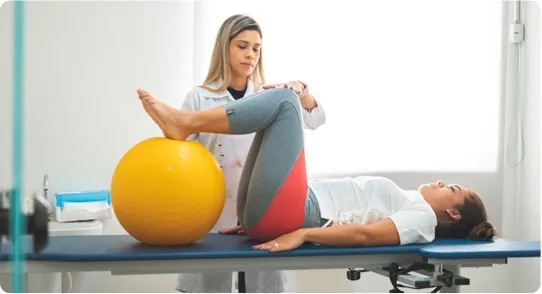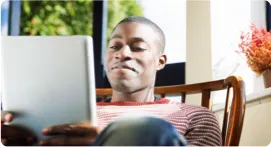Are you sure you want to leave?
You are about to leave BleedingDisorders.com. Please be advised that Takeda has no control over the content or presentation of the site you are about to view. Takeda's Privacy Policy also does not apply to the website you are about to visit.




